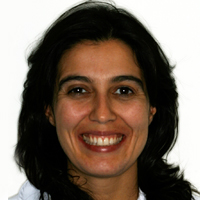 The diagnosis of dental caries poses challenges due to the complex interaction of multiple endogenous causal factors.
The diagnosis of dental caries poses challenges due to the complex interaction of multiple endogenous causal factors.
The lack of sensitivity of a gross visual examination has been the sole impetus for the evolution of a long trail of diagnostic tools.
The early detection of a carious lesion and its mineral changes can avoid the use of invasive treatment options.
The new detection support systems aim the detection of caries at a very incipient stage, by further lowering the diagnostic threshold.
These devices exploit the subtle changes happening in the physical properties of a demineralized tooth structure.
As the ability to diagnose improves, treatment approaches become more conservative, leading to more preservation of natural tooth structure.
The design and extent of current preparations are basically defined by the extent and shape of caries lesions in order to meet the modern concept of minimally invasive dentistry.
New caries excavation techniques have been introduced, such as quimical caries dissolving agents, caries selective air abrasion and laser ablation.
Each technique entails a specific caries removal endpoint and produces residual dentin substrates of different natures and thus different receptiveness for adhesive procedures.
Effectiveness of these new diagnosis tools for caries detection as well as treatment options will be discussed.